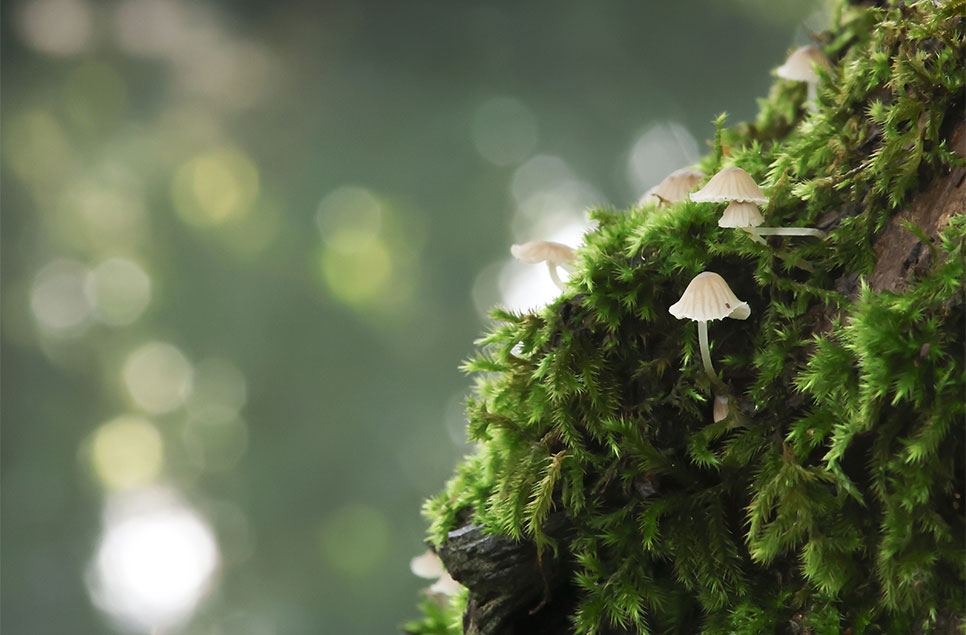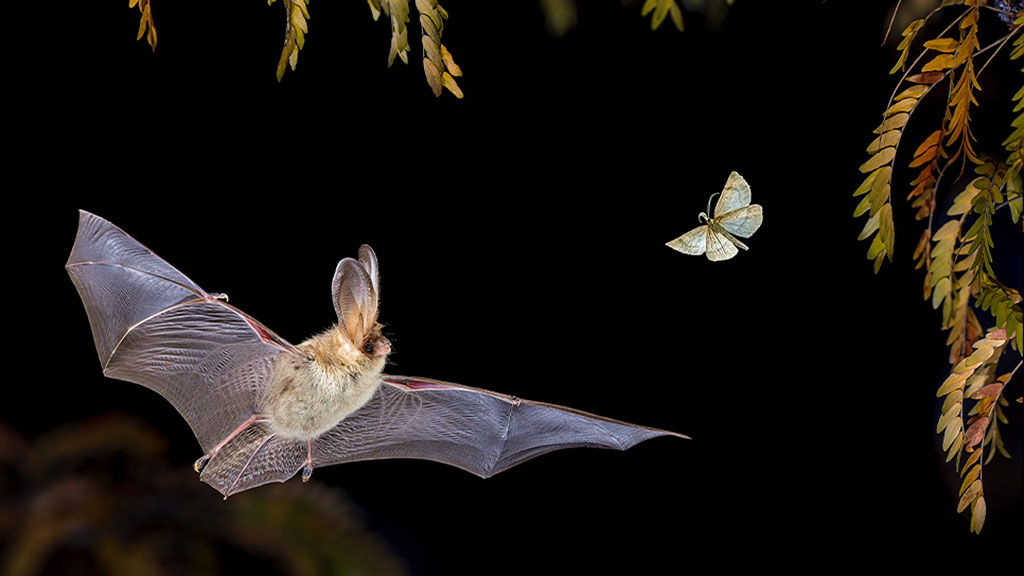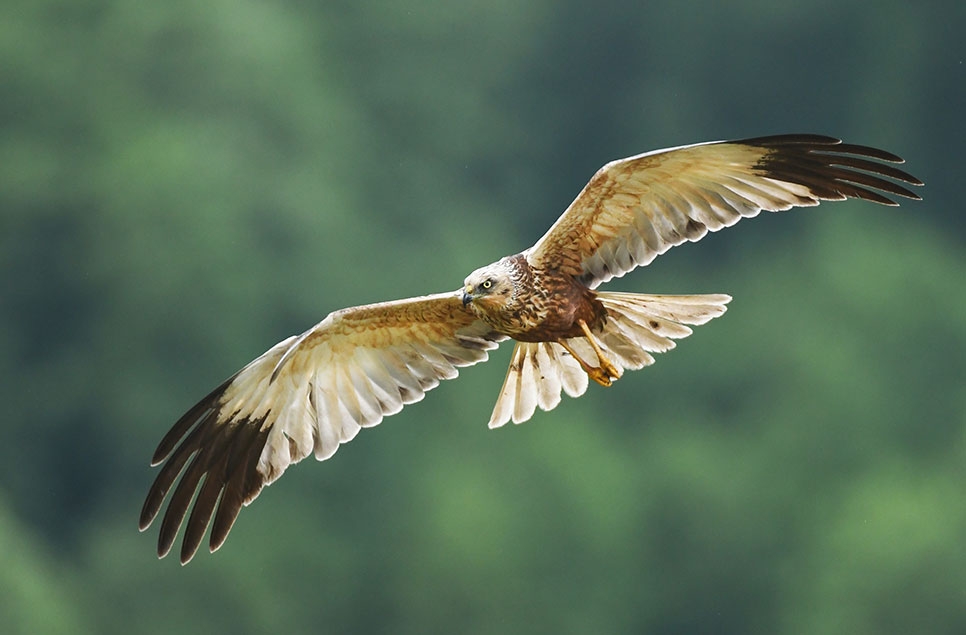Discover the wildlife seen at WWT wetlands this spring
Spring arrived on our reserves with a spectacular show of British wildlife across WWT’s wetlands. From dazzling butterflies and migrant birds to herons and spoonbills stealing the show, discover the seasonal stars that have been gracing our wetlands.
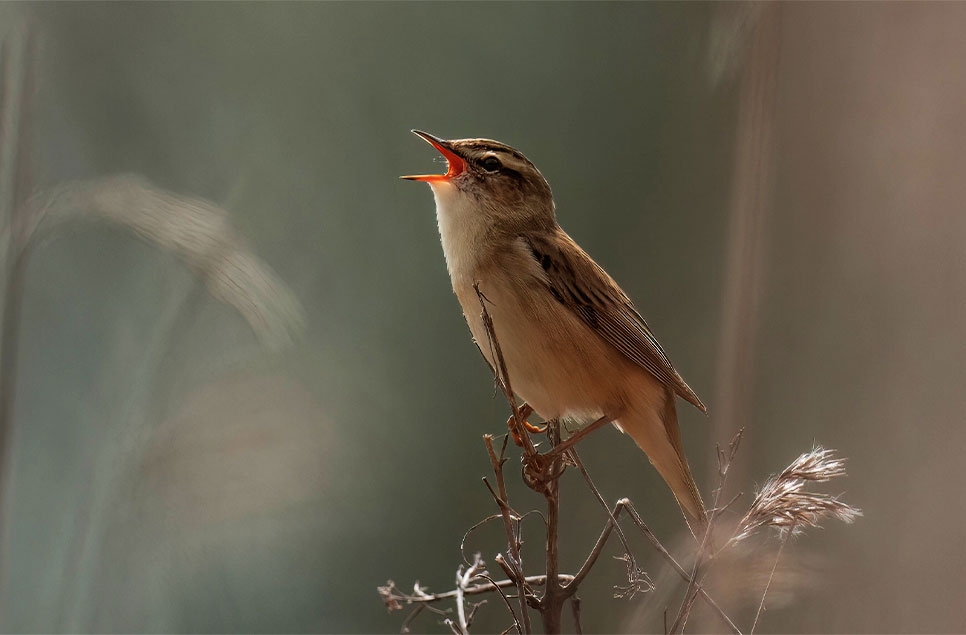
Leigh Marshall, WWT’s Head of Reserves, is here with all the exciting news of what’s happening in our wild wetland world this season.
WWT Castle Espie: A flutter of wings and a buzz of life
Nature wasted no time this spring showing off at WWT Castle Espie. First out of the gates were our butterflies – holly blue and orange-tip fluttering along our butterfly transects. The moth traps were also busy, with early thorn, water carpet, and small quaker lighting up our records.
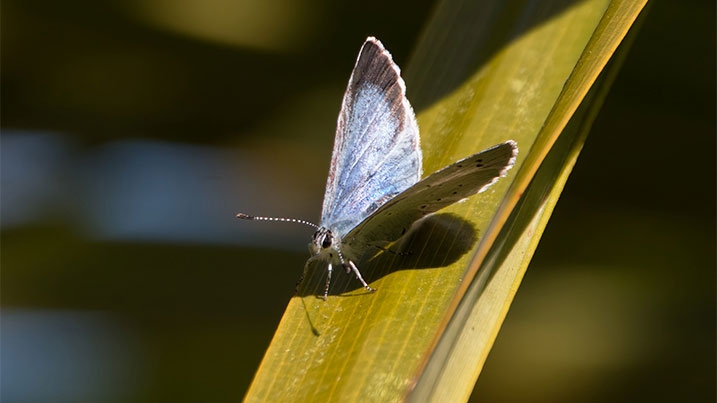
We’ve had a buzzy visit from the adventurous tree bumblebee, who was seen exploring our decaying wood piles - perfect real estate for this recent UK coloniser.
Meanwhile, pipistrelle bats were spotted roosting earlier than usual, loving the mild weather and our cozy buildings.
Spring soundtrack:
The air has been alive with the calls of chiffchaffs, swallows, willow warblers, and blackcaps, as they arrived back with us after their spring migration from their wintering grounds. A pair of herons are back too, reclaiming last year’s nest like they never left.

Post-storm silver linings:
Storm Eowyn brought down a few significant trees, but all was not lost. The resulting deadwood adds rich new wildlife habitat to our woodlands - nature’s way of hitting reset.
Estuary update:
Migration has been in full swing, with black-tailed godwits and oystercatchers gathering in impressive numbers. And guess who’s back after a two-year break? A pine marten!
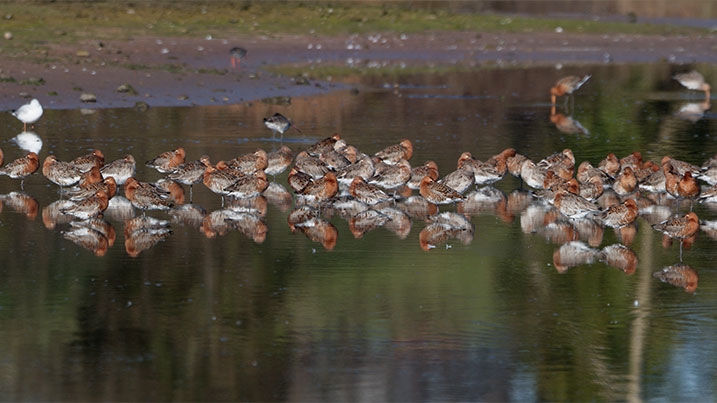
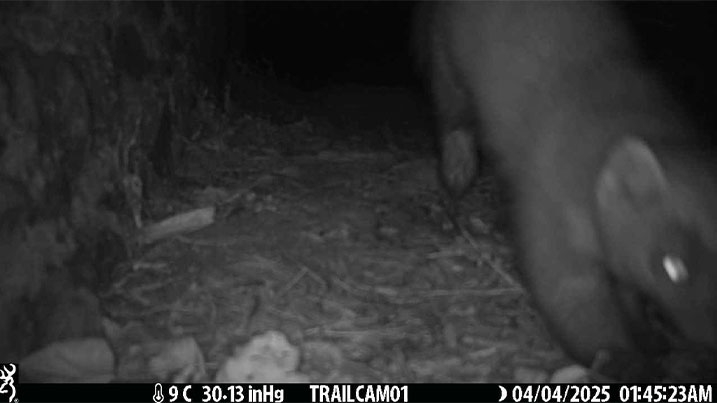
WWT Martin Mere: Fighting the drought with a wetland makeover
It’s been drier than a biscuit at WWT Martin Mere - with the last proper rain back in January! Water levels have been low, the peat parched, and the wildlife has been feeling the squeeze. But we’ve got big plans.
The big wetland revival:
Over the next three years, we’ve secured funding from CMA CGM to restore reedbeds and wet grasslands, boost flood resilience, improve water quality, and make the site accessible to everyone. We’re talking invasive plant removal, shiny new pumps, and comfy benches to boot!
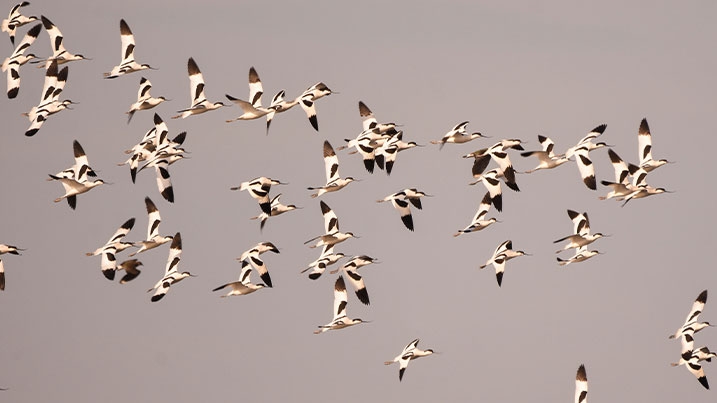
Despite the dry…
Spring birds have been thriving! Bitterns have been booming, 42 lapwing pairs have been displaying in the fields (a 50% increase!), and avocets are loving their new island hangouts – with up to 61 nesting pairs, double last year’s count!
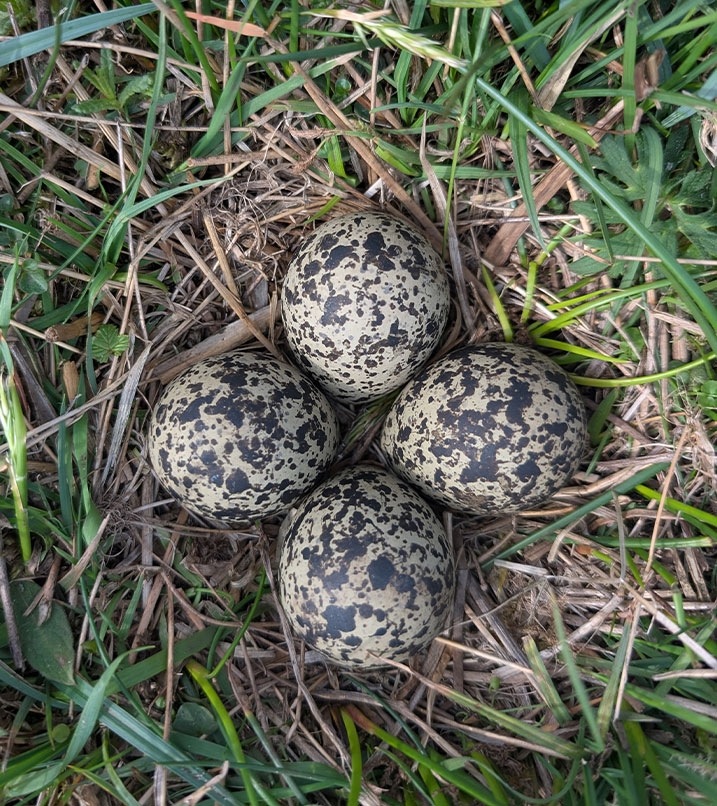
WWT Slimbridge: Grit, guts and a glimmer of hope
Dry weather’s taken a toll here too, with breeding areas like Bull Ground and Fifty Acre drying out, and pumps working overtime to keep the wetlands wet. But we’re not giving up!
Wildlife watch:
Avocets are holding strong with more than 27 pairs nesting on South Lake. Bitterns are booming. And if that’s not exciting enough, we’ve had a record-breaking early hatching of crane chicks! Sadly, they didn’t survive - possibly due to foxes.
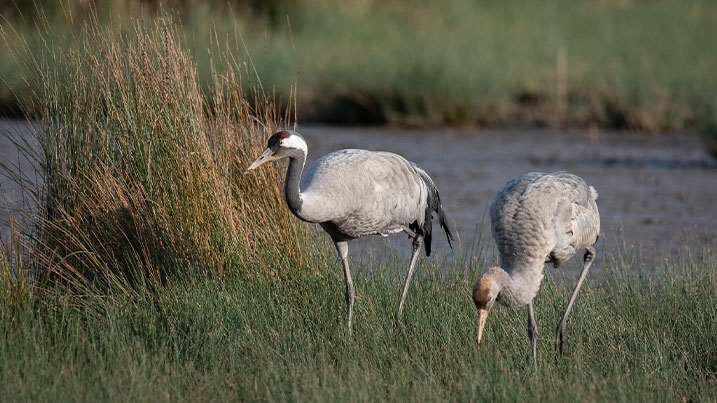
Rare and radiant sightings:
Hot off the press! The bluethroat is back for a fifth year, so get down to WWT Slimbridge for a chance to catch this beauty. Also, glossy Ibis, spoonbills, hen harrier, Arctic terns, redstarts, and even a drake green-winged teal made appearances. Plus, little gulls, spotted redshanks, and a swirl of spring migrants made the centre a birder’s dream.
You can see a full list of all sightings here Latest sightings
WWT London Wetland Centre: Urban wildlife wonderland
Big news. We’ve spotted one of the UK’s most elusive spiders! But that’s just the start.
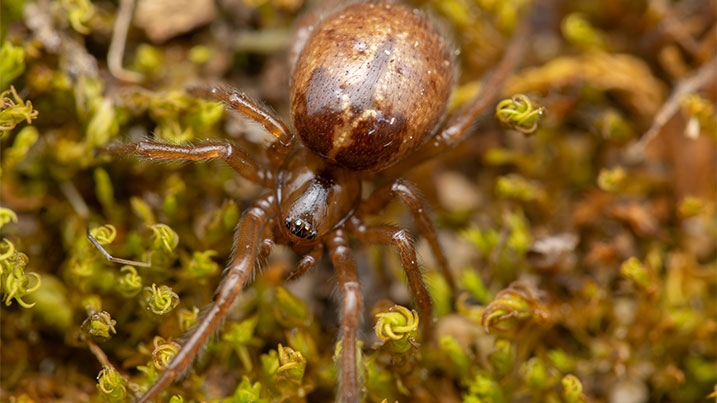
Insect invasion (the good kind):
This spring saw the earliest ever sighting of a green hairstreak butterfly on site, plus loads of bee-flies and white-tailed bumblebees buzzing about. Common lizards have been basking, birds booming, and warblers have arrived en masse.
Kingfisher comeback?
We’ve revamped the Kingfisher Bank and, ta-da, a kingfisher was spotted perched there the very next day.
WWT Arundel: Flowers, frogs, and feathered friends
It’s been a bloom-fest at WWT Arundel! Ragged robin, marsh marigold, cowslips, and forget-me-nots painted the reserve in every colour of spring, with lots of bees enjoying the flowers. The site has also been great for orchids this year and we’re seeing common spotted orchid popping up in all the usual places. We’ve also been seeing the first damselflies and a glowworm larvae made a surprise cameo too!
Reptile roundup:
This year’s toad patrol helped 450 common toads, 358 palmate newts and 223 smooth newts across the road. Late spring then saw thousands of toadpoles in our entrance pond.
We’ve got slow worms on site and grass snakes are popping up everywhere, including swimming across our boat channels and basking on the paths.
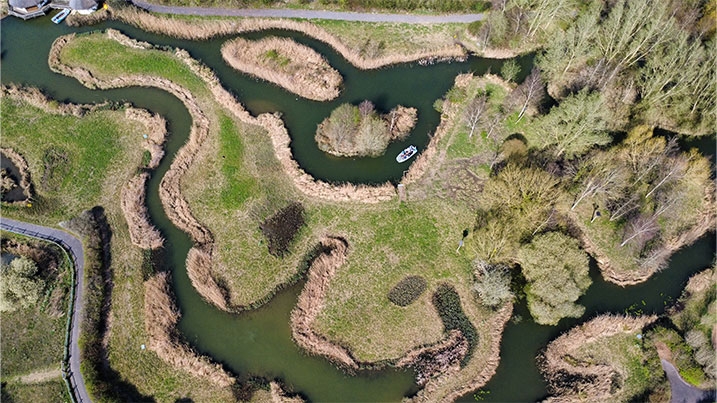
Bird buzz:
On the bird front we now have about 80 sand martins hawking over the lagoon. Spring saw them gathering nest material and squabbling over who’s using which nest chamber. Only one lapwing pair seems to be on eggs so far, and marsh harriers are keeping to their usual reedbed hideaway. Fingers crossed they’re nesting.
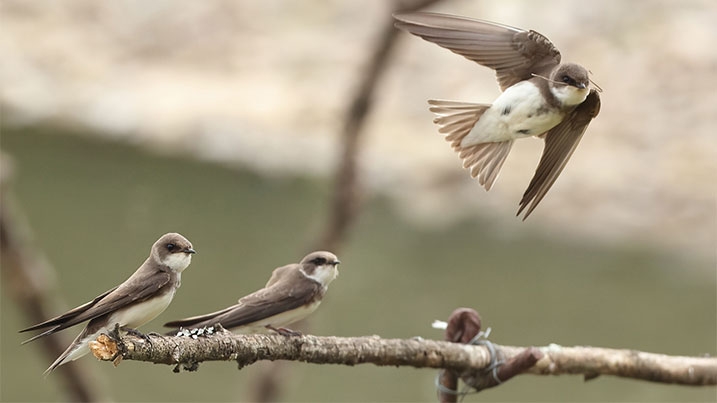
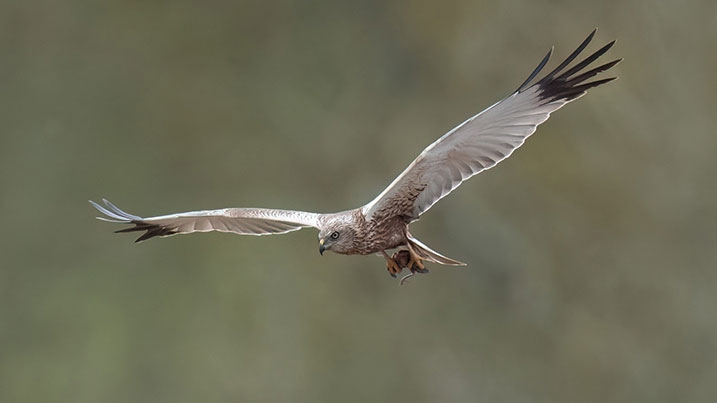
Cattle egret numbers are bouncing up and down like a yo-yo – we’ve seen up to 40. There was no nesting by late spring, but they were fashionably late last year too. The reedbeds have been alive with song: around 20 sedge warblers, 13 Cetti’s, and a growing crowd of reed warblers.
Chaffinches are having a tough time with trichomonosis this year – poor things. But on the bright side, greenfinches are everywhere after a few rough years. One lone nightingale has been serenading us at sunrise, which has been pure magic.
We’ve had shovelers nesting (though their ducklings stay hidden until they’re a bit older!), while mallard ducklings have been having a hard time dodging hungry herring gulls. By late spring, black-headed gulls were just starting to nest, squabbling with two pairs of feisty oystercatchers over prime island spots. Shelducks – three pairs strong – have stuck around, which is promising after several breeding-free years. Fingers crossed!
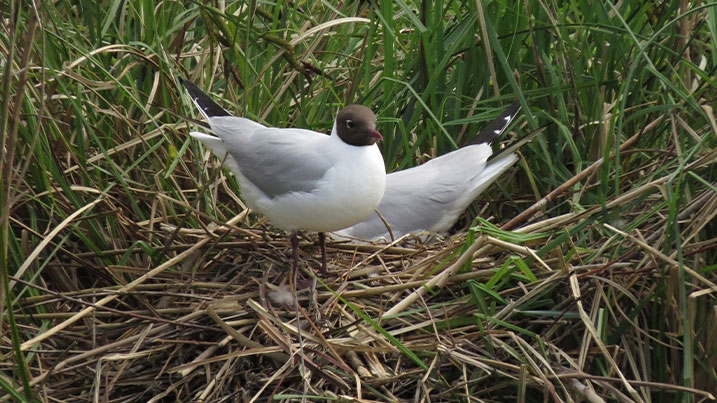
Sadly, there was still no sign of kingfishers nesting this year – their usual artificial bank was worryingly quiet. But to lift our spirits, a spoonbill dropped by on 4th April for a quick hello!
WWT Llanelli: Black-tailed bonanza and bumblebee queens
We’ve been soaking up the sunshine and watching the reserve come alive! Mediterranean gulls have swooped in to join the black-headed gull party, while migratory warblers have been filling the air with song. Pochards were seen showing well, and the great-crested grebes put on their best dance moves. Lapwings and kingfishers have been nesting and little ringed plovers were spotted, so fingers crossed they stay and settle!
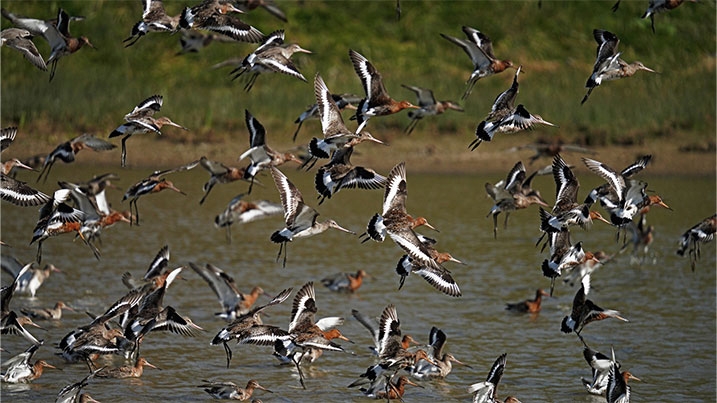
Thanks to our lagoon restoration work, it’s been a real bird bonanza with nearly 1,000 black-tailed godwits spotted from the hides, plus heaps of shovelers, shelducks, and teal.
This winter we’ve also restored vital habitat for water voles and willow tits. We can’t wait to see what returns as the season unfolds. Spring sunshine has also brought out the bumblebee queens and butterflies, including a rare treat – a small blue! They’ve been a sight to behold fluttering around the willow catkins, blackthorn, bird cherry and cuckoo flowers blooming along the verges.
WWT Steart Marshes: Otters, avocets and a blooming marsh
We’ve just wrapped up our 10th year of tracking otters at WWT Steart Marshes and this year’s results didn’t disappoint! Fresh spraint, footprints and scratch marks were found across the site, including a very fresh deposit on Stockland Marshes. That’s a decade of positive otter signs! Even better, we’ve had recent sightings of an otter with two kits.
Spring birds and blooming beauty
Breeding season has been in full swing. Otterhampton Marsh has been buzzing with life with up to 62 avocet nests active. We've also had oystercatchers and little ringed plovers checking out the scene. Lapwings have been displaying at both Stockland and Otterhampton Marsh (though one cheeky pair picked a spot just outside the predator fence!) and a pair of yellow wagtails have settled close to the breach. Other highlights have included a little tern sighting at Stert Point, 30 cattle egrets, and several singing grasshopper warblers across the reserve.
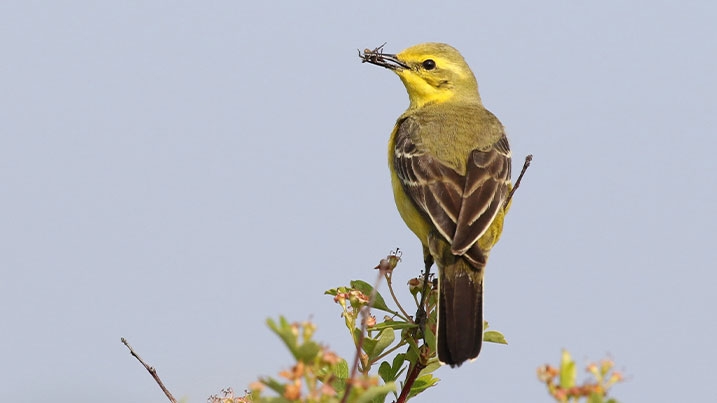
Meanwhile, the wildflowers put on a cracking show. Cowslips and cuckoo flowers (aka lady’s smock) have been thriving, especially in areas we cut late last year, which has been great news for orange-tip butterflies and a lovely reward for our varied grassland management.
WWT Caerlaverock: Whoopers Out, wetlands In
Spring has a habit of catching you off guard at WWT Caerlaverock. One minute, the whooper swans are noisily ruling the roost (257 counted on 24 March!). And the next, silence. They’re off north, just like that. But as they vanished, the summer arrivals slipped in: chiffchaffs, willow warblers and blackcaps are back in good numbers, and wheatears made a brief pit stop. By mid April we were still waiting on the main hirundine act, with just the odd sand martin. Duck numbers were dipping, but the drake teals at Folly Pond got a boost from a very dapper green-winged teal visitor.
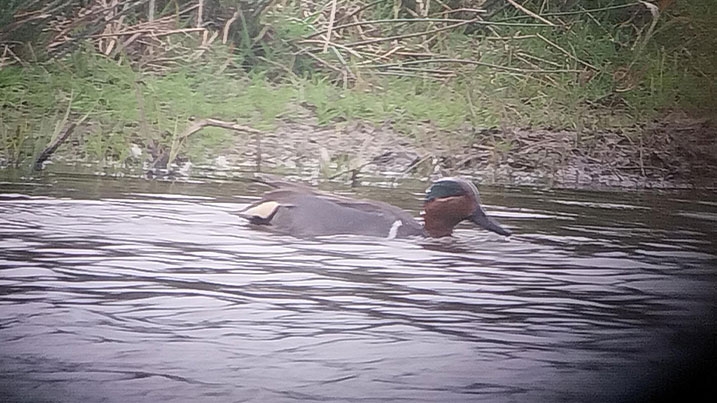
Meanwhile, our ever-growing tree sparrow gang have been busy building nests in homemade boxes. We’ll be monitoring them, and ringing shows they’re ranging over 3km across the local landscape.
Holy grass has been flowering along the saltmarsh edge which is a rare beauty and it really began to feel like spring, when the warmer nights arrived and we could hear our first natterjack serenade.
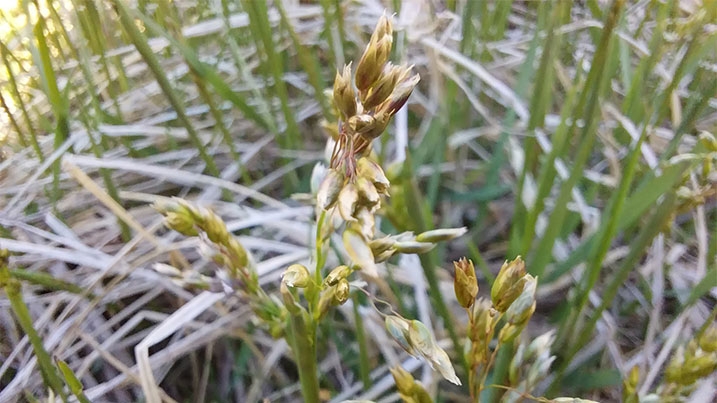
Diggers, ducks and... a plastic cactus?
Our Wilder, Wetter Caerlaverock project has wrapped up its winter works: more wetland habitat, a shiny new cattle pen, and plenty of prep for summer grazing with our no-fence collared cows.
March also saw a heroic rubbish clean-up along 2.5km of saltmarsh. The haul? 303 plastic bottles, 41 glass ones, 4 left shoes, 18 footballs (Annan Athletic, we’ve found your problem!), and oddly one plastic cactus. All now safely cleared before they could break down into microplastics. A brilliant team effort for a cleaner, healthier coast!
WWT Welney: From floods to dry feet
What a change from last year’s winter floods! This spring, things have been much drier than we would have liked, with not much rain since September. Still, we’re feeling hopeful for a good breeding season ahead.
The team has been busy managing water levels through pipes and sluices, mending fences ready for the cows’ return, and adding a new viewing screen for a fresh look at the centre pool. All while our amazing volunteers cracked on with the final touches. Next up: tern rafts back out for our returning common terns!
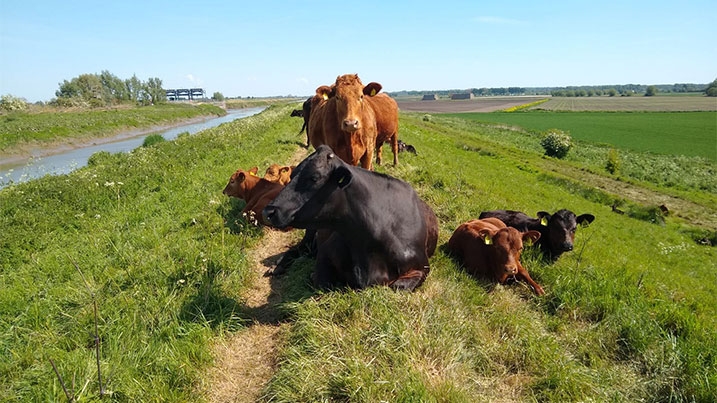
Spring stars and surprise guests
We waved off the last of the whooper swans in March and rolled out the welcome mat for our spring migrants. The reserve has been alive with dazzling display of hundreds of islandica black-tailed godwits, while our limosa black-tailed godwits are back and have been getting busy nesting.
Cranes, bitterns, spoonbills, and great white egrets have been popping up across the site, giving visitors some real wow moments. Wader passage included green and common sandpipers, ruff, spotted redshanks and even a little stint.
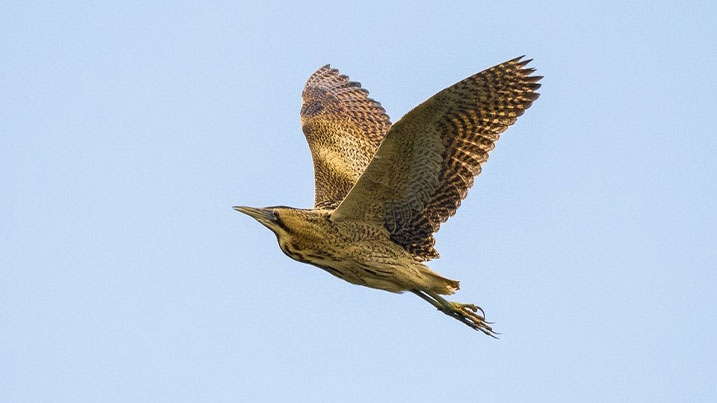

Teal fans had a challenge on their hands spotting the green-winged teal among the crowd, and the returning garganey were, as always, snoozing somewhere sneaky.
The real showstopper? A roseate tern, WWT Welney’s first ever! It hung around for a day and a half, delighting everyone lucky enough to spot this rare inland visitor.
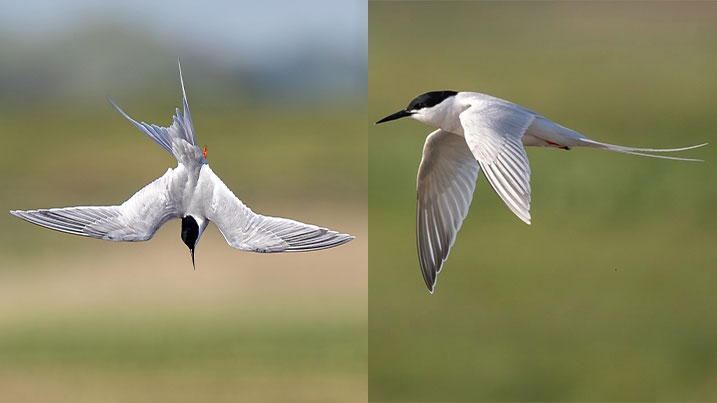
WWT Washington: 50 years wild and counting!
It’s our 50th birthday and we’re celebrating with a packed year of activities, pus 50 years of amazing bird data on the reserve!
Wildlife seems to be joining the party too. We’ve had some fantastic migrant sightings during spring, including Iceland gull, scaup, barnacle goose, black-tailed godwits, green woodpecker, and both common and Jack snipe. Spring arrivals like reed warblers, sedge warblers, and whitethroats have been calling the reserve home again, and sand martins are back, checking out the nesting bank.
Nesting news
By April, breeding season was well underway, with two pairs of kestrels nesting on site. We also had 28 pairs of grey herons fledging young, with heron chicks popping up all over the place. Avocets were beginning to prospect for nesting spots, a little egret has been hanging out on the lagoon, and shelducks have taken up residence in some rather cosy pipes at Wader Lake.
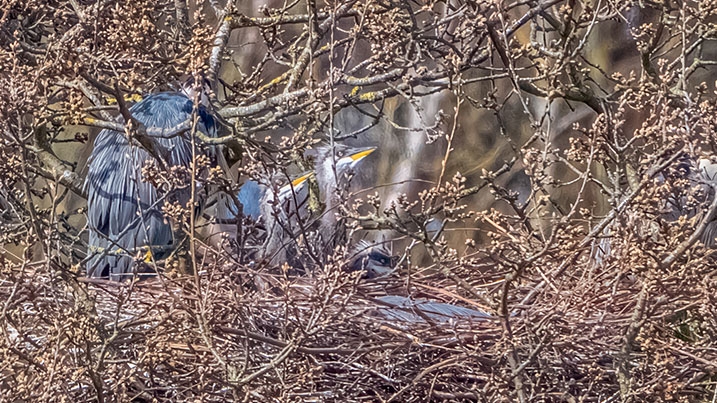
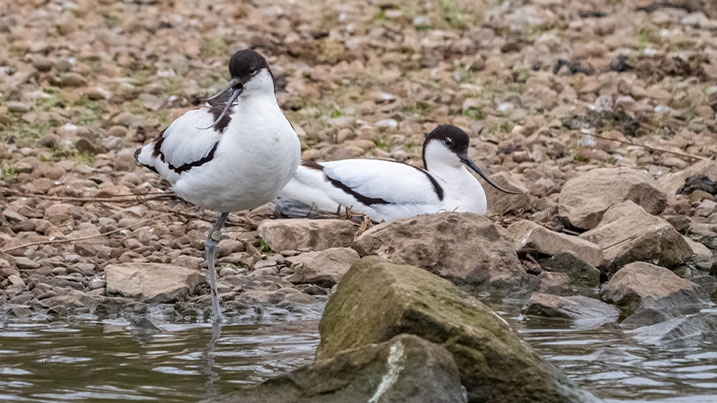
It’s not just the birds getting active – the bogbean has been blooming beautifully at Forgotten Meadow, and there’s been a stunning array of spring flowers putting on a show across the reserve. Linnets have been loving the East Downs gorse, and we’ve been seeing willow tits almost daily – a great sign for this rare species.
It’s shaping up to be a brilliant year here at WWT Washington and we’re only just getting started.
Supporting wildlife together
Thank you for supporting our conservation work across our WWT reserves. Each of these achievements is only possible with your help. Together we’re creating a brighter future for wetland wildlife.
Ready to get your next nature fix?
Spring has seen nature bursting into life across our wetlands proving that wetlands really are one of the best places to see British wildlife up close. There’s no better time to visit and see nature in full swing. So come and explore, unwind and discover something wild!
Not a member? Book online and save time on arrival.
Find your nearest WWT wetland siteHeader image – sedge warbler in song © Alec Pelling/Facebook

